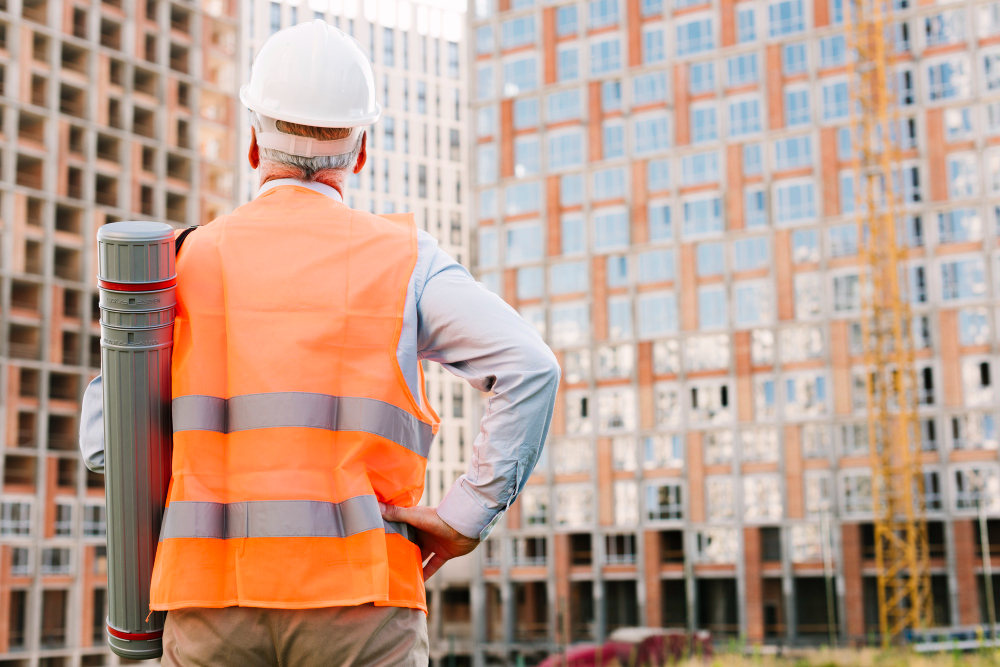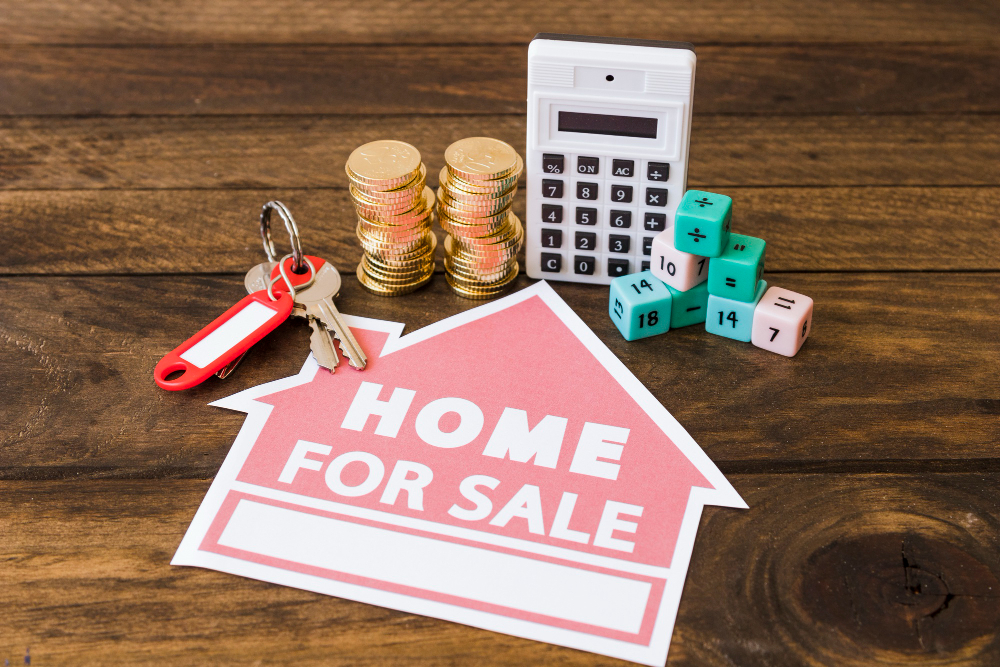Los Angeles is a city in constant motion. Its skyline evolves, its neighborhoods reinvent themselves, and its property values tell the story of that transformation.
Table of Contents
ToggleBut not every area grows at the same pace — and in 2025, that’s truer than ever. Some parts of LA are primed for value uplift — meaning a significant rise in property value driven by planning, infrastructure, and design changes, not just market luck.
So, which neighborhoods are leading this wave? Let’s take a tour across LA’s evolving map — and uncover where investors, developers, and homeowners are quietly positioning themselves for long-term gains.
What “Value Uplift” Really Means
Before we jump into locations, let’s clear up a common mix-up.
People often use “appreciation” and “value uplift” as if they’re the same thing. They’re not. Appreciation happens naturally over time due to demand or inflation. Value uplift, on the other hand, is engineered.
It’s what happens when:
- A developer unlocks zoning potential through entitlements.
- A city invests in transit and infrastructure nearby.
- A property is redesigned, repurposed, or optimized for new use.
In short, uplift doesn’t just happen. It’s created through vision, timing, and strategy.
Why 2025 Is a Turning Point for LA Real Estate
2025 is shaping up as a reset year for Los Angeles. After several cautious quarters, investors are returning — but they’re being more strategic.
Interest rates remain high, but entitlement-driven value is where many see opportunity. Los Angeles County continues to roll out zoning updates, mixed-use incentives, and adaptive reuse policies that change the math on entire blocks.
In other words: this isn’t a city for flippers anymore. It’s a city for planners.
And that’s why identifying neighborhoods with real uplift potential matters more than chasing market heat.
Mapping LA’s Value Uplift Hotspots
Let’s look at where the biggest opportunities lie — the places where planning, design, and investment are aligning in 2025.
Below is a simplified snapshot of the areas driving buzz among developers and consultants this year:
| Neighborhood | Uplift Potential | Key Drivers |
|---|---|---|
| Inglewood | Very High | SoFi Stadium corridor, Metro expansion, entertainment zone growth |
| North Hollywood | High | Transit-oriented development, NoHo Arts revitalization |
| Boyle Heights | High | Redevelopment interest, DTLA proximity, cultural preservation balance |
| West Adams | Medium–High | Adaptive reuse, boutique multifamily projects, design revival |
| Glendale | Moderate | Downtown mixed-use, streamlined permits, controlled density |
(Source: JDJ Consulting Group analysis based on LA City Planning data and 2025 entitlement filings)
Inglewood: The Epicenter of Change
If there’s one area that defines value uplift in 2025, it’s Inglewood.
Once overlooked, it’s now LA’s most talked-about growth story. The SoFi Stadium and Intuit Dome have transformed the local economy, while new transit links are unlocking access to the rest of the city.
Property values near the Century Boulevard and Prairie Avenue corridors are already rising. But the real story is still unfolding — small parcels near the entertainment district are becoming magnets for mixed-use developers.
Our take: Inglewood’s uplift is just beginning. The public infrastructure is in, the jobs are coming, and zoning is aligning with commercial demand. Those who understand entitlement timing will win big here.
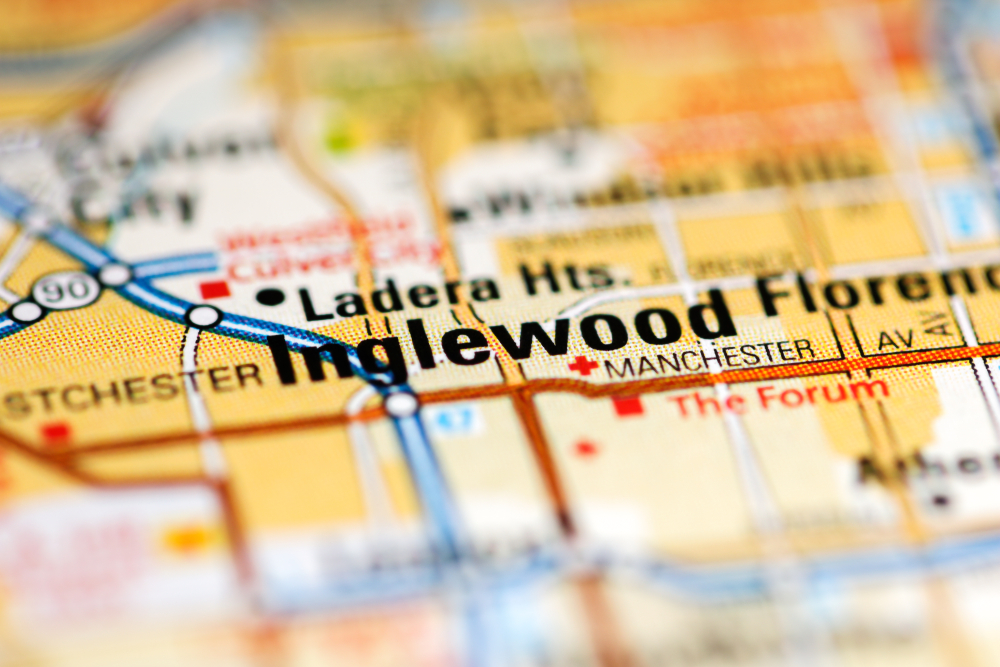
North Hollywood: A Model for Transit-Oriented Uplift
NoHo has been “next up” for years — and now it’s finally delivering.
The NoHo West development and Metro Red Line proximity are attracting creative offices, boutique apartments, and food hall concepts. The area’s blend of accessibility and arts culture makes it one of the few spots where LA’s density push feels organic, not forced.
Key uplift drivers:
- Transit-oriented development (TOD) incentives
- Adaptive reuse of older retail strips
- Strong tenant demand from the creative sector
Opinion: North Hollywood’s transformation shows what LA can achieve when planning, transport, and community identity actually work together. It’s uplift through design, not speculation.
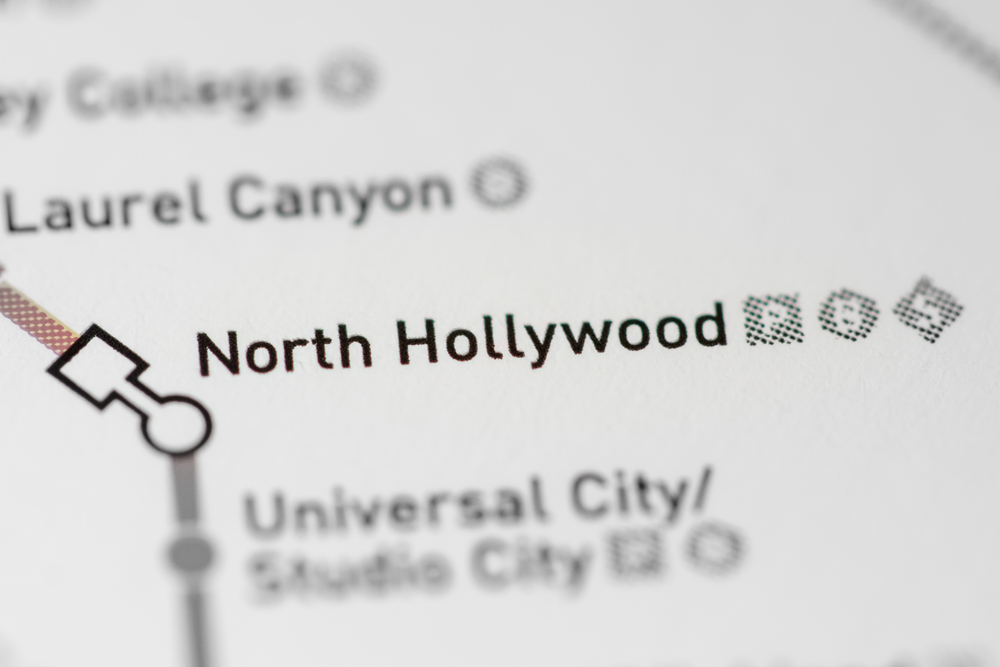
Boyle Heights: The Tension Between Progress and Preservation
Boyle Heights sits in a fascinating middle ground.
It’s minutes from Downtown LA, rich in culture, and dotted with underused lots that could support housing and light mixed-use. Yet, development here is politically delicate. Community groups continue to challenge projects they see as threats to affordability or cultural continuity.
That said, strategic uplift is happening quietly — through small-scale projects that respect the area’s fabric. Adaptive reuse, public art, and low-rise housing are changing street views without erasing the neighborhood’s story.
Consultant’s view: The biggest uplift in Boyle Heights won’t come from skyscrapers. It’ll come from the projects that integrate rather than disrupt. Developers who build with empathy will see both returns and respect.
West Adams: Design Revival Meets Practical Uplift
West Adams has evolved from “hidden gem” to “design darling.”
Architectural rehab, boutique multifamily projects, and neighborhood cafés have replaced aging commercial strips. Proximity to Culver City and Mid-City gives it natural value support.
Entitlements here often focus on adaptive reuse — converting older buildings into small-scale residential or mixed-use spaces. It’s where LA’s creative energy meets zoning pragmatism.
Our opinion: West Adams proves that uplift doesn’t need a megaproject. It needs alignment — between old bones, new ideas, and solid design consulting.
Glendale: The Steady Player
Glendale doesn’t make headlines often, but its predictability is exactly what investors like.
The city maintains a strong design review process and clear zoning map. That makes entitlement risk lower than in some nearby LA neighborhoods.
Recent downtown infill projects and light commercial redevelopment show that Glendale is moving — slowly but confidently.
Consultant note: While not a “hot” uplift market, Glendale represents sustainable growth. It’s ideal for developers who prefer steady value improvement over speculative spikes.
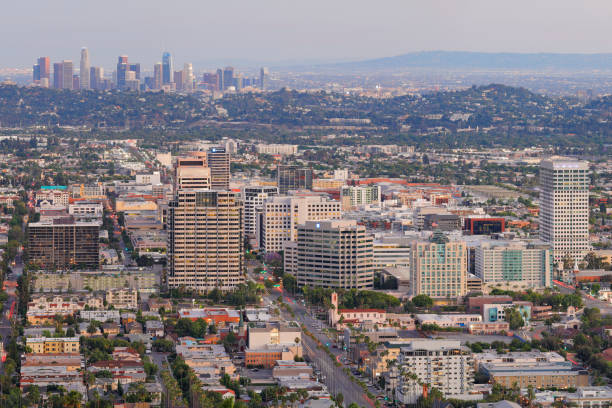
Other Areas Worth Watching
Los Angeles is too vast for a shortlist, but a few more neighborhoods deserve mention:
- Highland Park: Still evolving with a mix of retail and residential transitions.
- Lincoln Heights: Transit access and historic architecture create future potential.
- Hollywood: Continuous zoning shifts and entertainment investment keep demand strong.
- Culver City: Tech spillover from West LA drives consistent uplift opportunities.
Each has its own path — but they share one thing: planning and infrastructure as the foundation for value.
The Anatomy of a Value Uplift Strategy
Knowing where to invest is half the equation. Knowing how to uplift value is the other. Here’s what developers and investors should focus on in 2025:
1. Entitlements and Zoning Flexibility
Rezone or re-entitle early. Projects that secure density or use flexibility before others will always outperform.
2. Transit Proximity
Metro lines, bus rapid transit, and pedestrian corridors add measurable value.
3. Mixed-Use Integration
Blend residential, retail, and workspace where zoning allows. Multi-purpose sites hold value longer.
4. Design and Efficiency
Energy efficiency, daylighting, and smart layouts attract tenants and buyers faster.
5. Public Realm Improvements
Sidewalks, landscaping, and lighting may not sound exciting — but they elevate entire blocks.
How Consultants Identify Uplift Before It Happens
At JDJ Consulting Group, we often get asked, “How do you spot value uplift early?”
It’s not luck. It’s pattern recognition.
We monitor:
- Zoning amendment filings and planning hearings
- Transit funding allocations and public project maps
- Development activity clusters (permits, entitlements, and rezonings)
- Community plan updates and housing element shifts
When multiple factors converge in one neighborhood — that’s a signal.
We then assess which parcels have the right entitlement flexibility, access, and design capacity to ride that uplift wave.
Risks and Realities: Not All Uplift Is Guaranteed
It’s easy to romanticize urban uplift. But not every bet pays off.
Common pitfalls include:
- Overestimating zoning outcomes
- Ignoring local opposition
- Underfunding early design and entitlement work
- Holding property too long without a clear exit strategy
Bottom line: Value uplift isn’t automatic. It’s earned through good timing, professional insight, and respect for local dynamics.
The Bigger Picture: LA’s Evolving Urban Story
Every city has a few years that redefine its property market. For Los Angeles, 2025 might be one of them.
We’re seeing a pivot from speculation to strategy — from flipping to planning. Developers who once relied on fast sales now depend on smart approvals.
And that’s a good thing. It means LA’s growth is maturing. It’s becoming more intentional, more sustainable, and ultimately more rewarding for those who play the long game.
Final Thoughts: Follow the Planning, Not the Hype
If you take one insight from this map of uplift potential, make it this:
The next wave of value growth in LA won’t come from hype. It’ll come from planning.
Look where new zoning opens up. Watch where infrastructure funds flow. Pay attention to entitlement filings and community plan updates.
That’s where the real stories — and profits — begin.
And if you need help decoding those signals, that’s exactly what consultants like us do every day.
Ready to Identify Your Next Uplift Opportunity?
Let’s pinpoint where your next project can create — not just capture — value.


